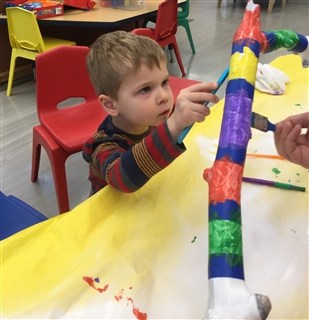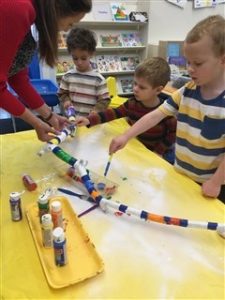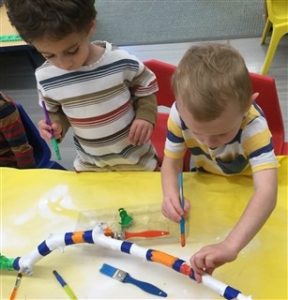by Dorothy Halverson, Director of Acorn Programs
Have you ever wondered why blocks are such an important part of any excellent early childhood classroom? Or why your child seems to like playing with them so much? Children learn best through hands-on experiences, and block play is a valuable part of a young child’s development. Using blocks, children can piece together shapes to create a bigger picture, whether it is a representation of something they have seen or from their imagination. Exploring with blocks also nurtures an understanding for math, science, language, and dramatic play.
Blocks are a wise investment since children continue to use them as they grow. Infants and toddlers enjoy simply touching and gripping larger, textured blocks. As toddlers, they develop more muscle control and are able to combine blocks, stack them, or line them up. Around two, children begin to figure out which shapes will fit where, and get a head start on understanding different perspectives – skills that will help them to read maps and follow directions later on. Two-year-olds may demonstrate their first attempts at building structures, and show the beginnings of imaginative play.
Around the age of three, children learn how to balance and fit pieces together to build sturdier towers, bridges, and enclosures. Threes and fours begin to recognize designs and patterns, their towers and buildings becoming works of art. In kindergarten and early primary grades, blocks allow children to recreate structures, cities, and landscapes from everyday life.
When your child plays with blocks, building replicas of the world around her, she is like a little scientist, experimenting with balance, structure, space, and even gravity! Have you ever watched your child attempt to build a simple tower, only to have it fall down at a particular height? Perhaps you have noticed that she tried different ways of placing the blocks until finally she created a tower that stayed up! Amazingly, what she is doing is using the scientific method of experimentation, observation, and cause-and-effect to solve the problem of the tumbling tower.
Given the many shapes that blocks come in, they are the perfect tool for hands-on learning about basic math concepts. While playing with blocks, your child may naturally begin to sort them by a particular attribute, such as shape or size. He may notice that long rectangle blocks make much better bases than the triangular ones, or that curved blocks need to lie flat on the floor. This exploration into the nature of shapes prepares your child for later geometric understanding. You may also notice that your child enjoys making long lines of blocks. This is an important first step in grasping the concept of measurement. Children often delight when they notice that things are the same length. As an example, your child may notice that his line of blocks is the same length as the living room rug. This is an ideal time to say to your child, “I wonder if you are the same size as your line of blocks? How can we find out?” Asking questions such as these, extends the learning and encourages your child to apply what he has learned from the first measurement of the rug to a new object — himself!
When playing with blocks, children come across new experiences with each tower, house, and railroad they build. Children are developing sophisticated uses of language, stringing sentences together using larger vocabulary and in-depth thought processes. Block play is an effortless way to get children to practice language skills simply because there is so much to talk about! Many children like to describe what they’re building, or they narrate as they go along. Show interest in your child’s construction by asking open-ended questions such as, “What might happen if . . .” and “How many ways can you . . .” Asking open-ended questions about your child’s block play may inspire her to have new ideas, as well as nurture confidence in creativity.
Of course, the “pretend play” aspect of block-building also supports the development of social skills. In an early childhood classroom, the block area is an active social center that encourages children to share, take turns, listen, and communicate. While blocks can be a solitary activity, in most classrooms they are the place where children congregate. Even in your own home you may notice that when you bring out the blocks, everyone wants to join in the fun! Perhaps it is the open-ended nature of blocks that makes them so good for practicing a variety of social skills. There is no one “right” way to build with them, thus requiring children to work creatively together to decide how to use them.
Block play is open-ended, and its possibilities are limitless. Whether they are wooden, colored, snap-together, or boxes, blocks will enhance your child’s learning experience. Even as children grow and develop new interests and abilities, blocks remain an active, creative learning tool.
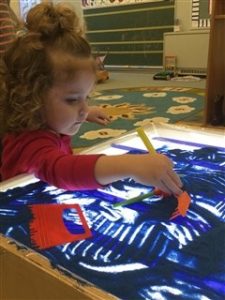
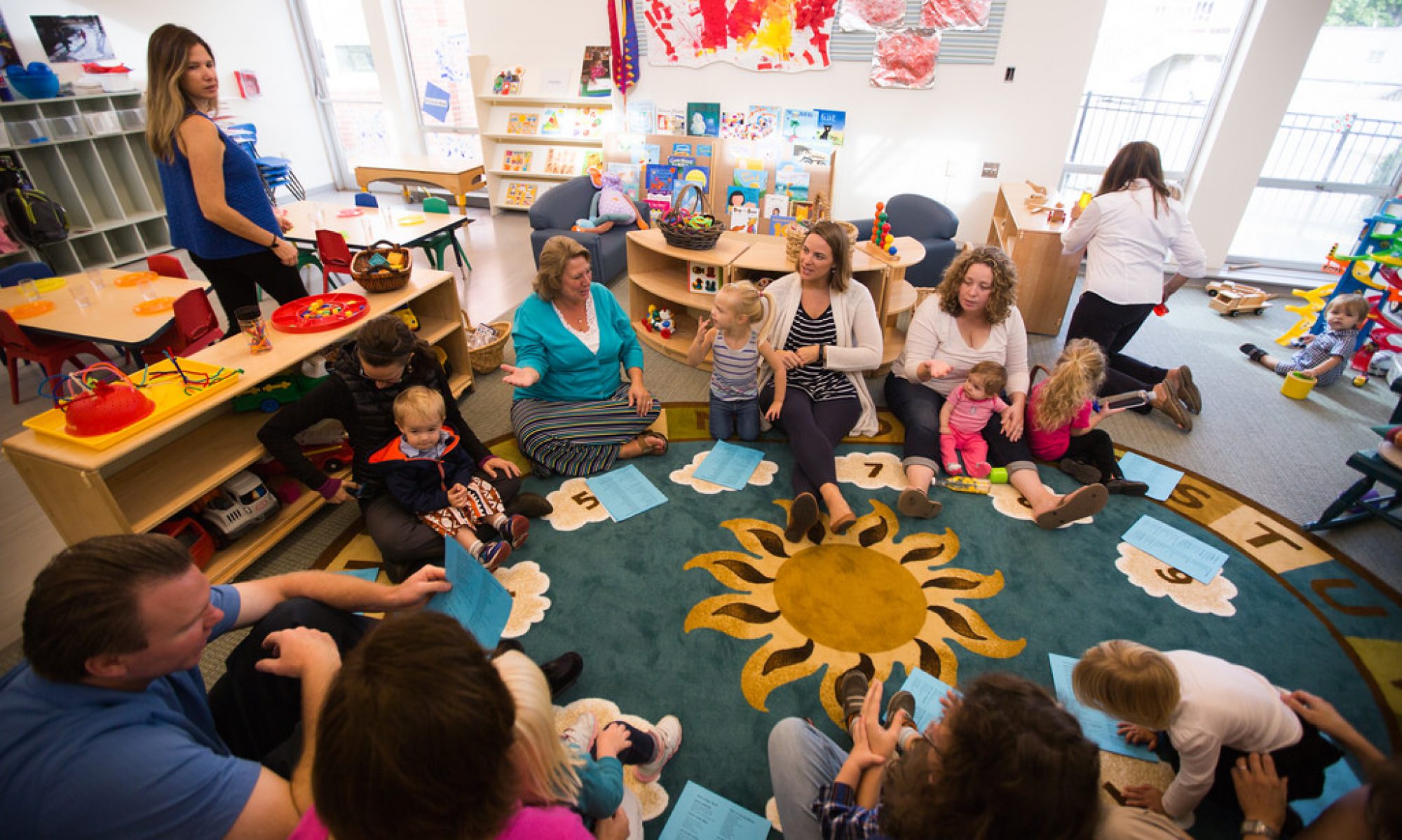
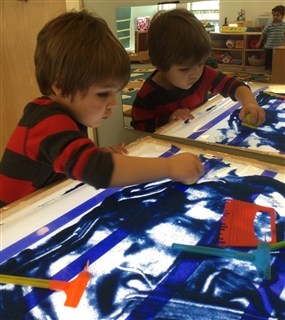
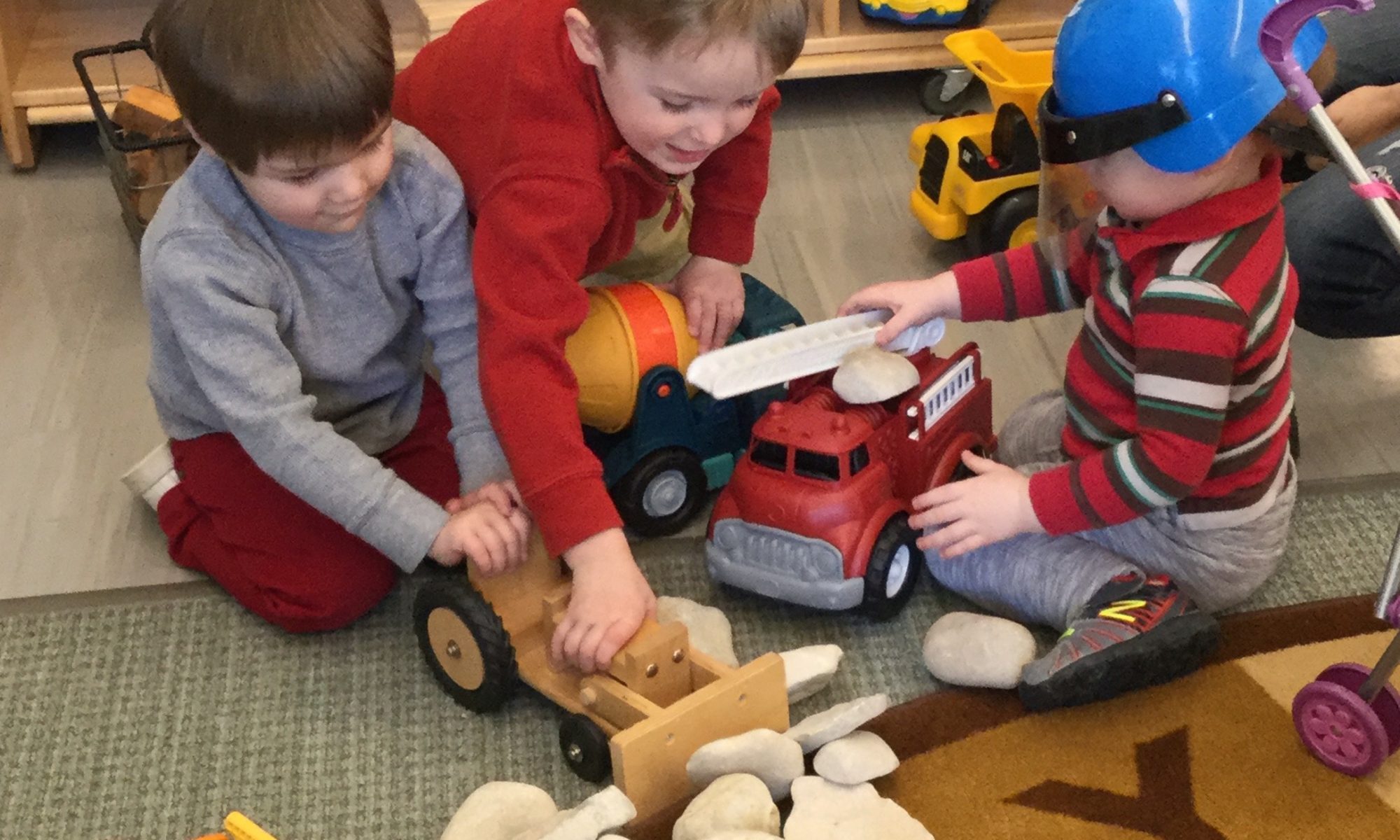
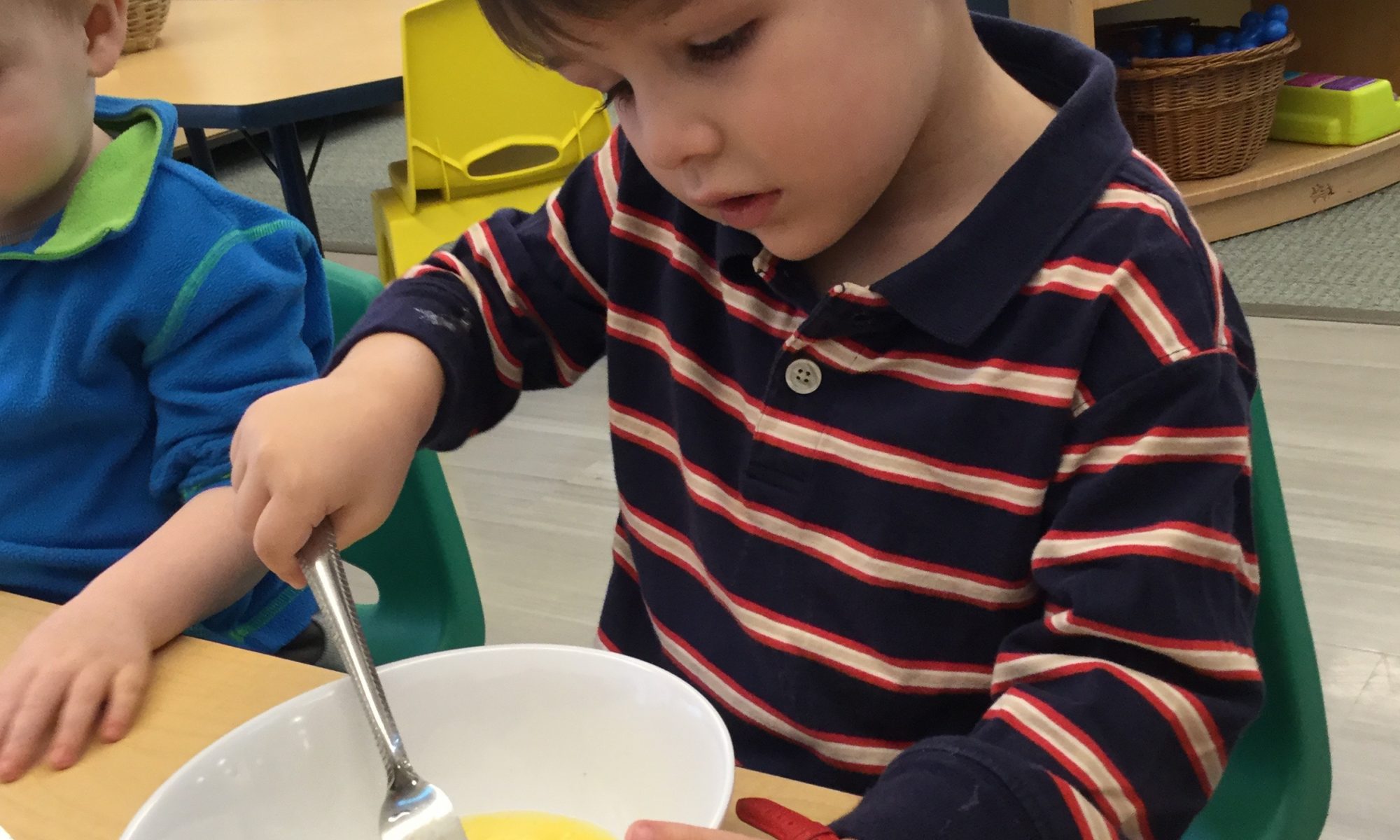
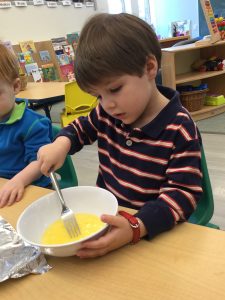
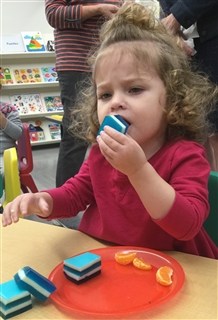
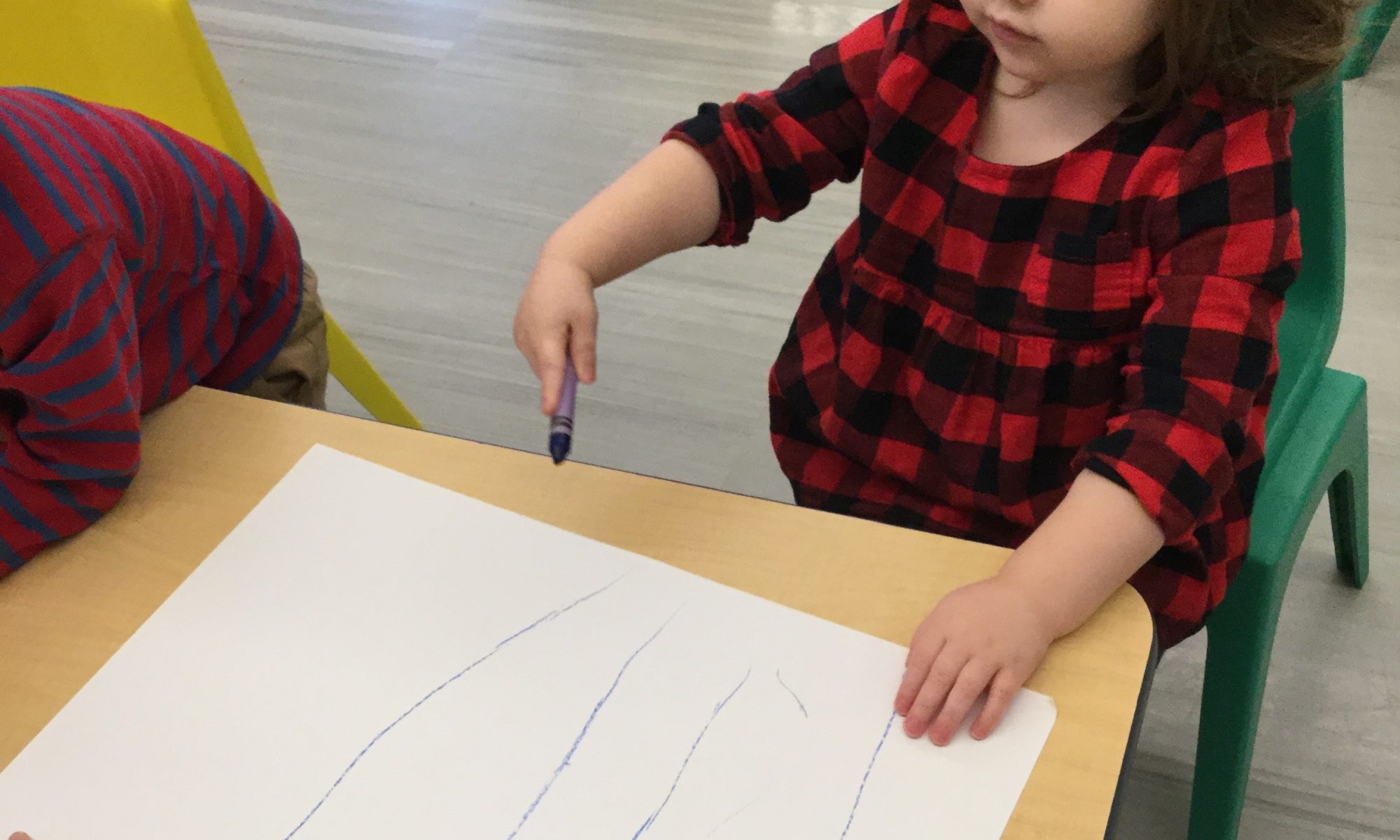
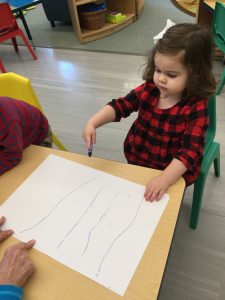
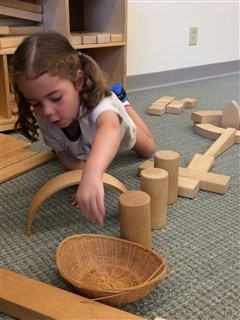
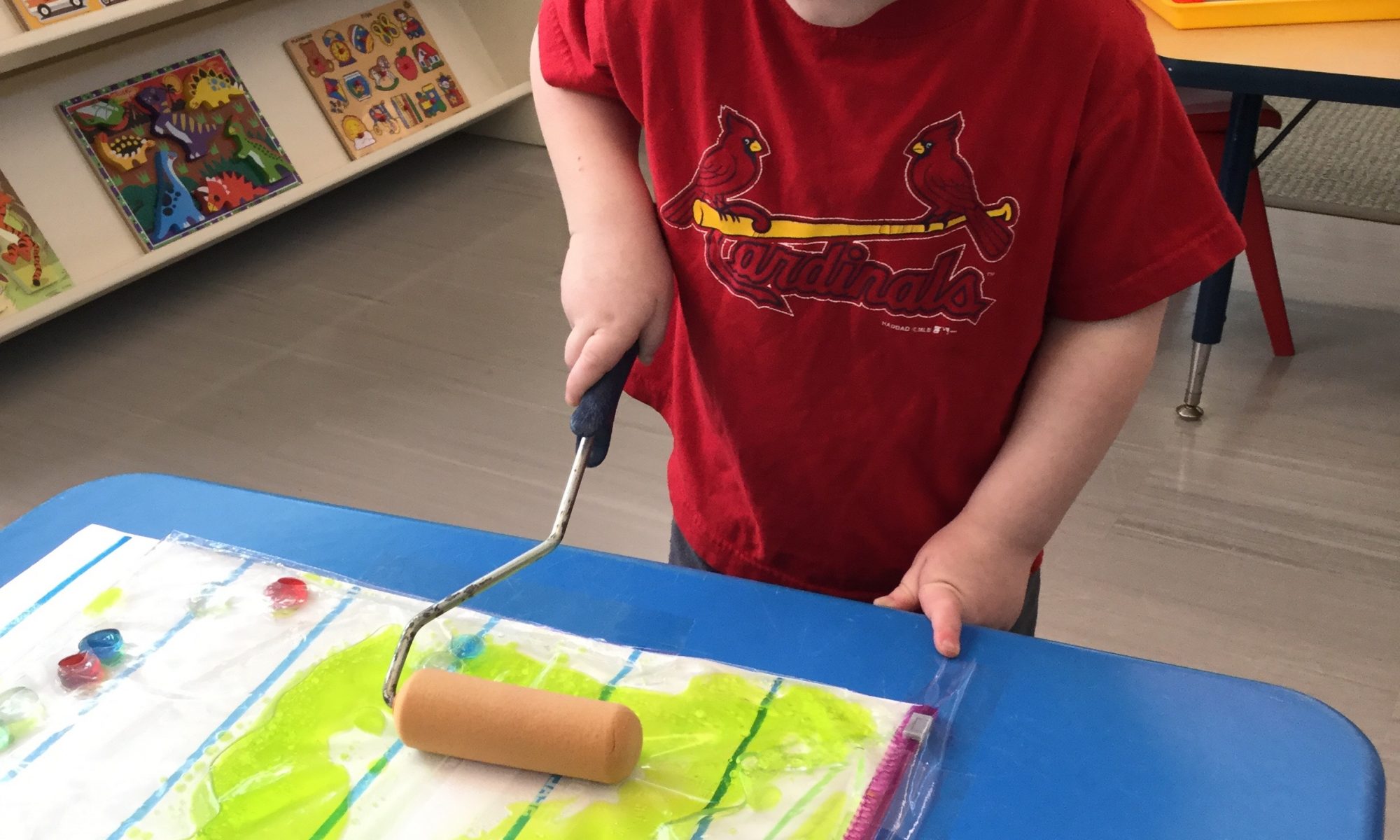
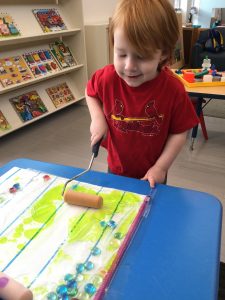
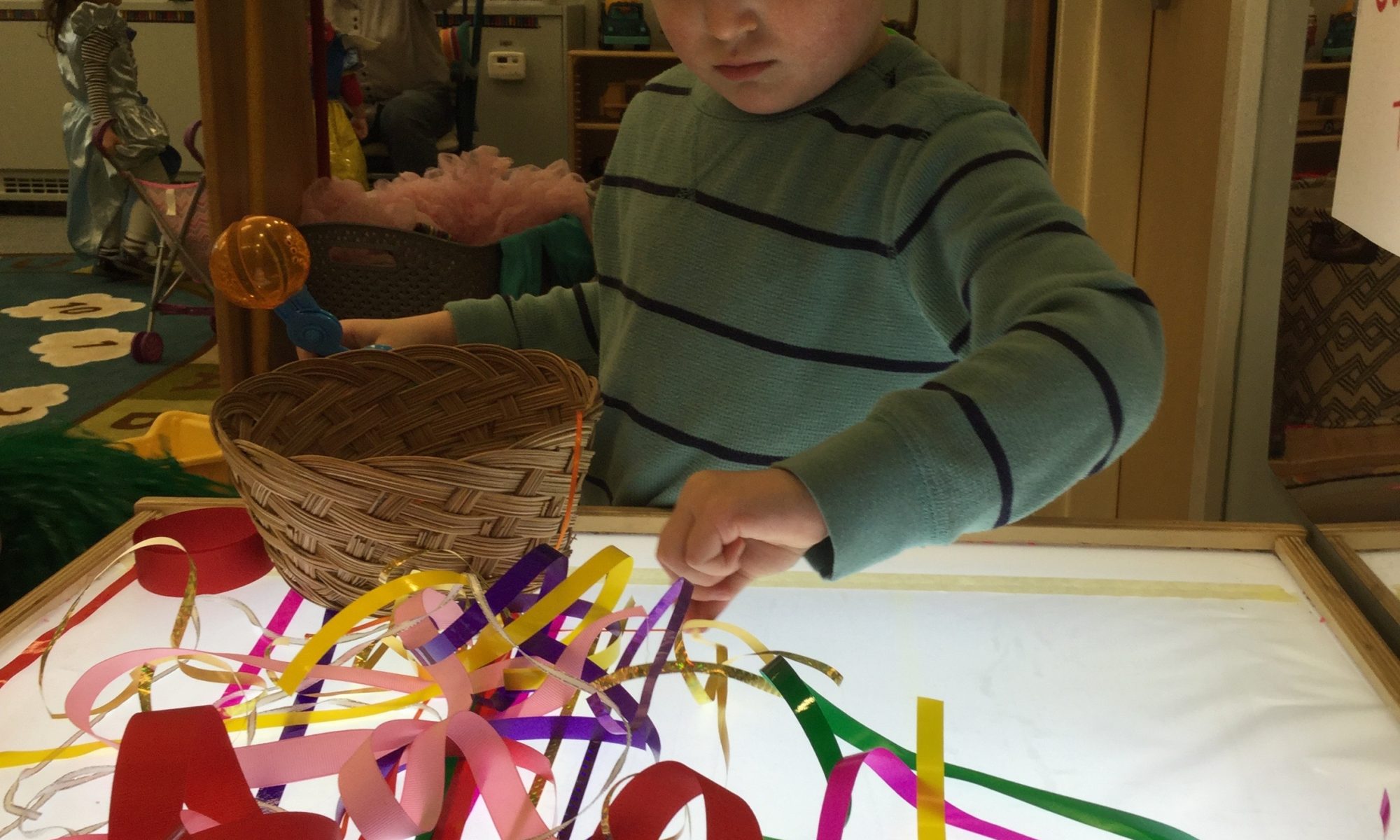
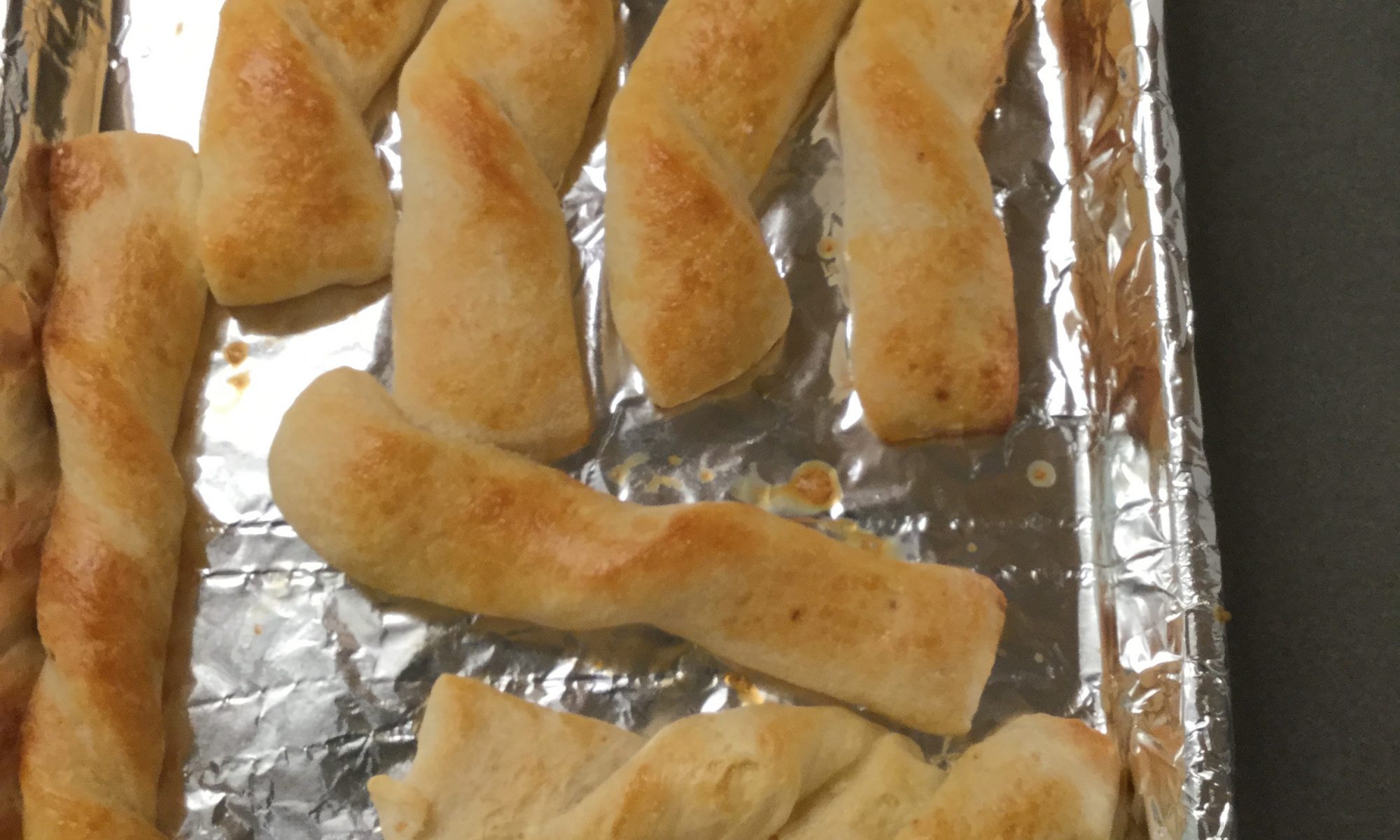
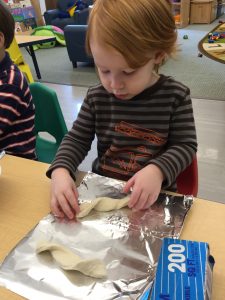 Ingredients
Ingredients